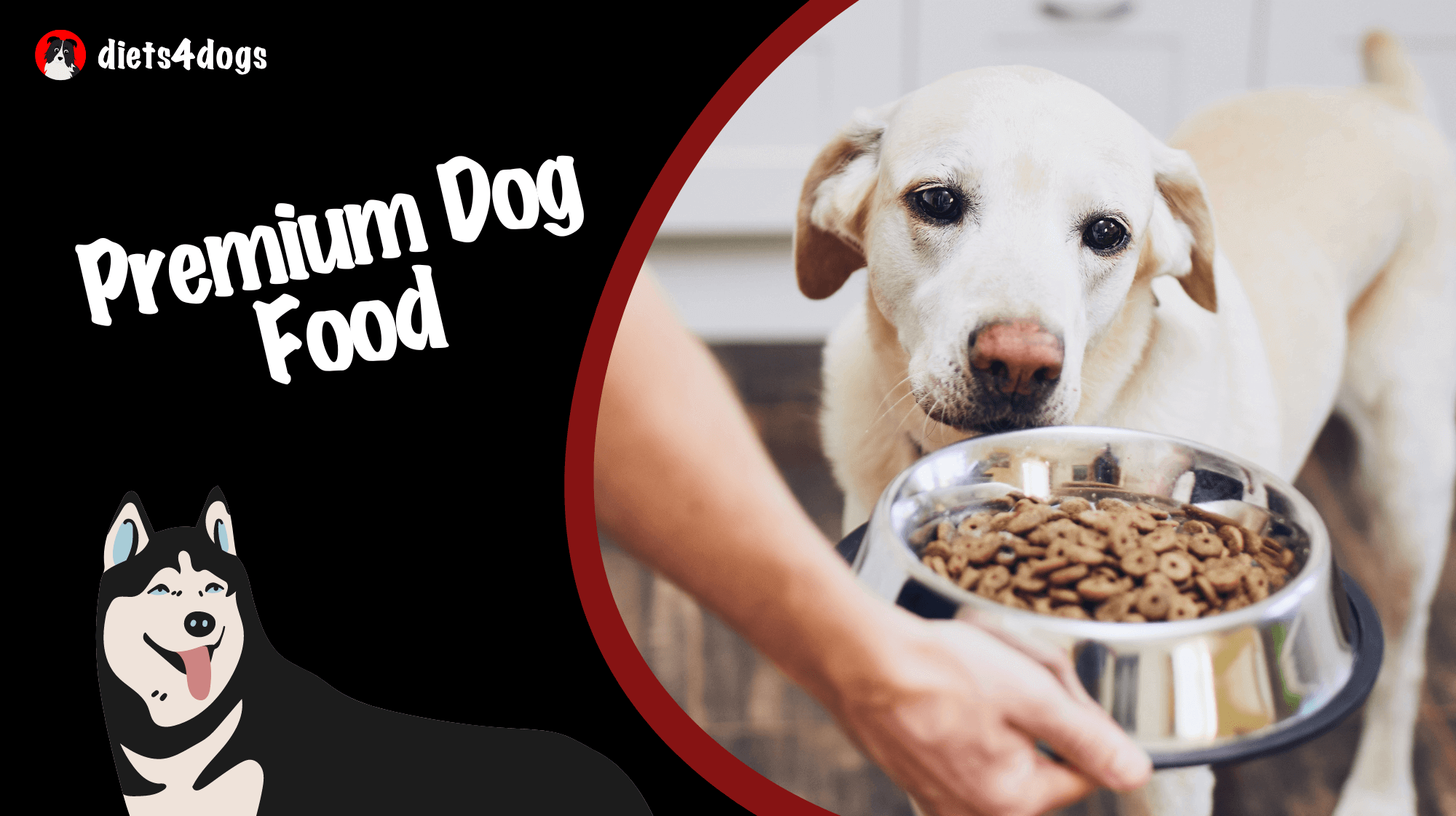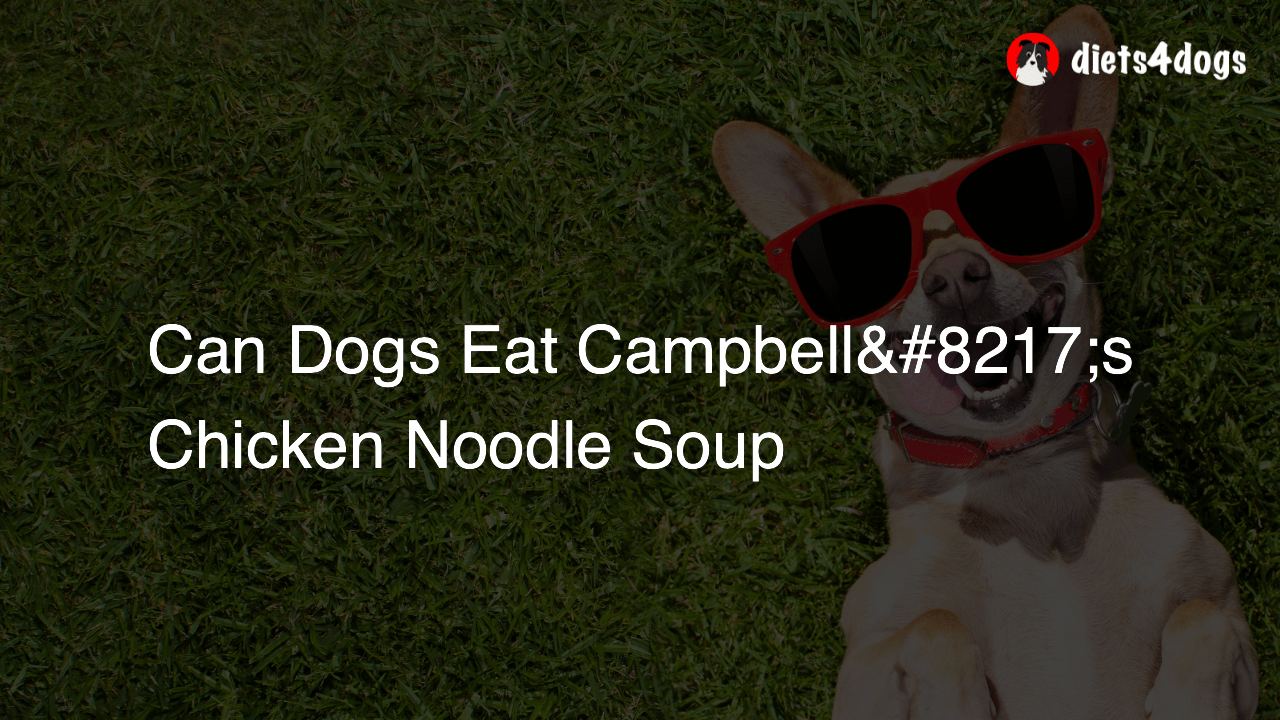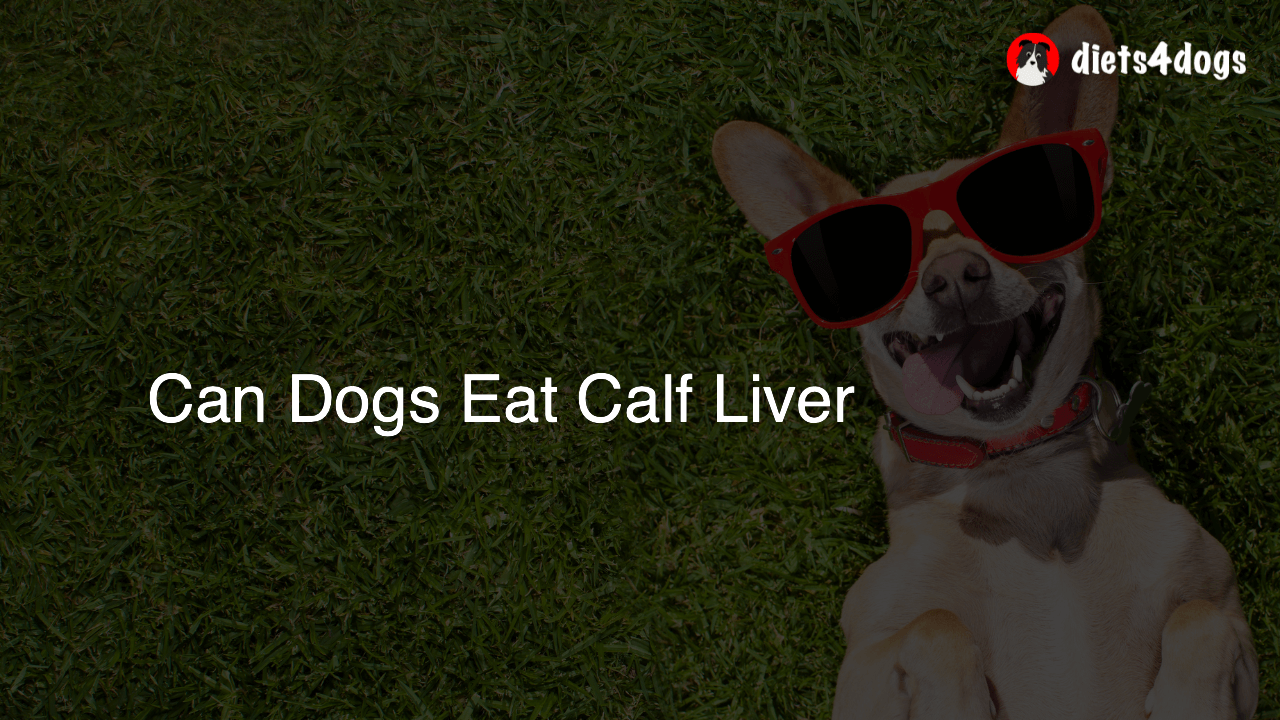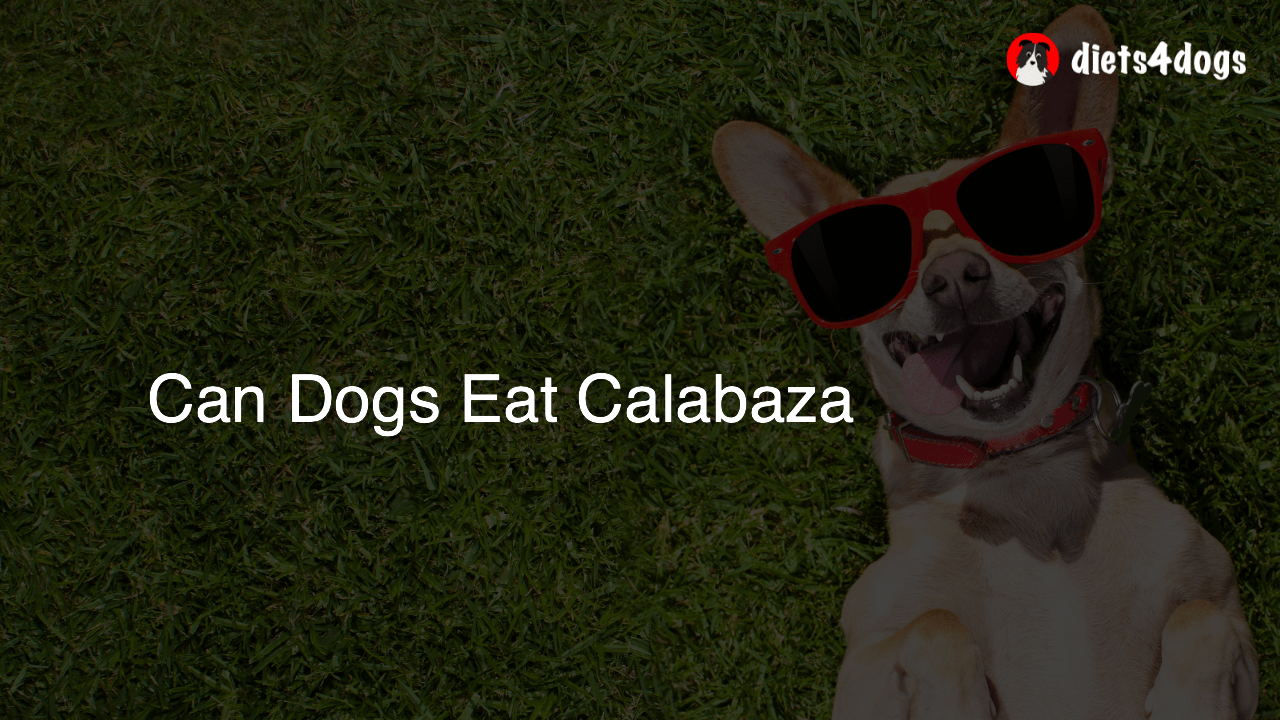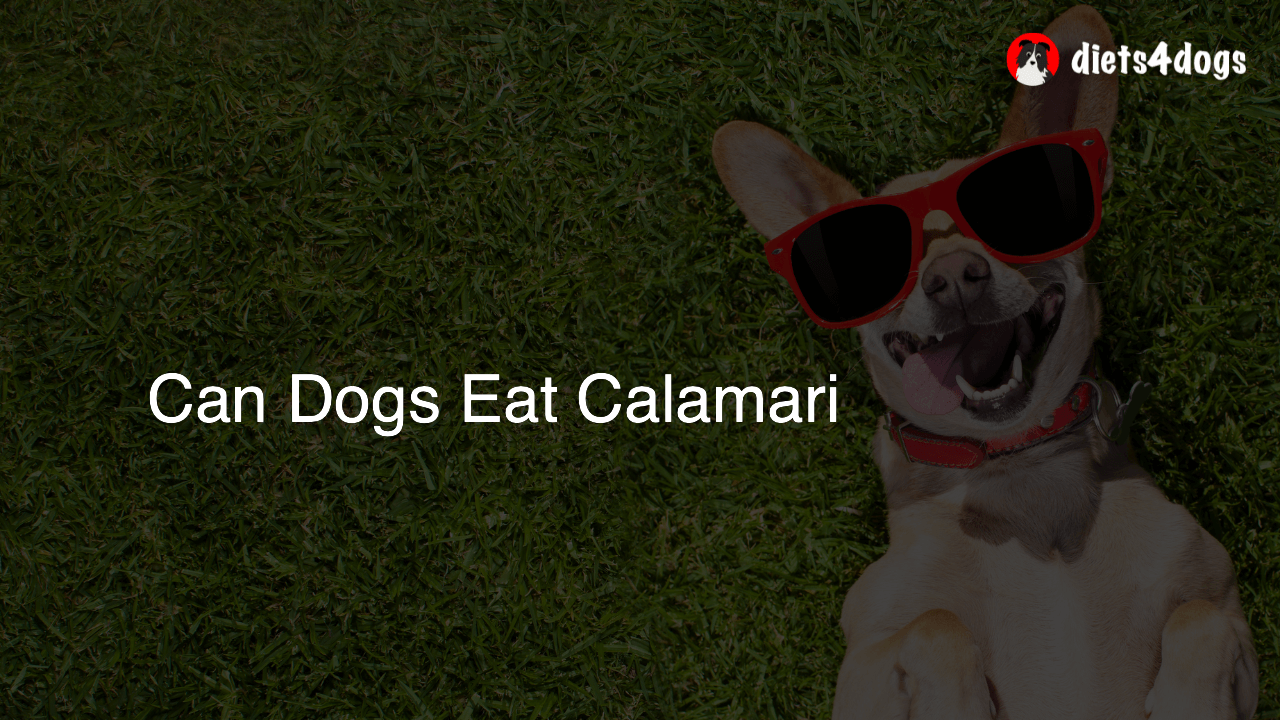Can Dogs Eat Jelly Beans
No, dogs should not eat jelly beans, as they often contain high amounts of sugar and artificial sweeteners like xylitol, which can be toxic to dogs. Additionally, some jelly beans contain chocolate or caffeine, which are harmful to dogs. If your dog ingests jelly beans, it is recommended to consult a veterinarian immediately for appropriate treatment and care.
Can Dogs Eat Jelly Beans: A Comprehensive Guide
As responsible dog owners, we always want to make sure that we’re providing our furry friends with the best dietary options. With that in mind, you might be wondering if it’s safe for your dog to snack on those colorful, sweet-tasting jelly beans. In this post, we’ll discuss everything you need to know about giving jelly beans to your dog.
Dangers of Jelly Beans: Why They’re Risky for Dogs
On the surface, jelly beans might seem harmless enough, but they contain several ingredients that can be potentially harmful to dogs. Let’s break down the specific risks involved:
High Sugar Content
Jelly beans are packed with sugar, which can be harmful to your dog’s health in large quantities. Most pet owners are aware that dogs should not have too much sugar, as it can lead to weight gain, diabetes, and dental problems.
Xylitol: A Toxic Sweetener
Some jelly beans contain artificial sweeteners like xylitol, which is toxic to dogs. Even small amounts of xylitol can cause a sudden release of insulin in your dog’s body, leading to hypoglycemia (low blood sugar). This can cause symptoms ranging from vomiting and lethargy to seizures and even death.
Chocolate and Caffeine
Many jelly bean varieties include chocolate or caffeine, both of which can be harmful to dogs. If your dog ingests a substantial amount of either ingredient, it can cause vomiting, diarrhea, rapid breathing, increased heart rate, and even seizures.
Safety First: Potential Side Effects of Jelly Beans
If your dog does consume jelly beans, there are a few key signs to watch for, including:
- Upset stomach and diarrhea
- Vomiting
- Increased thirst and urination
- Hyperactivity
- Weakness, tremors, or seizures
If your dog shows any of these symptoms after ingesting jelly beans, contact your veterinarian immediately.
Dog-Friendly Alternatives to Jelly Beans
Now that we know the risks associated with feeding dogs jelly beans, what are some safe, tasty alternatives? Here are some ideas:
Fruit Treats
Many fruits are safe for dogs to eat, such as apples (with seeds removed), bananas, blueberries, and watermelon (without seeds). These fruits provide a natural sweetness that dogs often enjoy, and they’re packed with nutrients.
Homemade Dog Treats
Consider making your own dog treats using dog-safe ingredients like oatmeal, peanut butter, and pumpkin. This is an excellent way to ensure that your dog food is healthy and free of harmful ingredients.
Final Thoughts: Just Say No to Jelly Beans
While it may be tempting to share those colorful, sugary treats with your canine companion, remember that jelly beans pose significant risks to your dog’s health. Instead, explore dog-safe treat alternatives that will satisfy their sweet tooth without causing harm. Your dog’s health is worth the extra effort, and they’ll thank you for it!
Recognizing the Symptoms of Xylitol Poisoning
Xylitol poisoning occurs when a dog ingests a product containing the toxic artificial sweetener. As mentioned earlier, some jelly beans may have xylitol as an ingredient. If you suspect your dog has ingested jelly beans containing xylitol, it’s essential to recognize the symptoms and seek veterinary help immediately. Symptoms of xylitol poisoning in dogs include:
- Weakness and lethargy
- Loss of coordination or difficulty walking
- Seizures or tremors
- Decreased appetite
- Vomiting
The onset of these symptoms can range from 30 minutes to several hours after ingestion. If any of these signs are present, contact your veterinarian or an emergency animal clinic immediately. Prompt treatment can save your dog’s life.
Importance of Proper Dog Food and Snack Storage
One of the best ways to prevent accidental ingestion of harmful foods like jelly beans is to ensure they’re stored securely in a location your dog can’t access. Make it a habit to store human snacks and dog food separately, using containers or cabinets that are difficult for your canine companion to open. This will significantly reduce the chances of your furry friend getting into something they shouldn’t.
What to Do If Your Dog Ingests Jelly Beans
If your dog has ingested jelly beans, it’s crucial to remain calm and take the following steps:
- Evaluate the situation: Check the jelly bean packaging for ingredients like xylitol, chocolate, or caffeine. This will help you determine the level of risk and urgency.
- Contact your veterinarian: Even if the jelly beans don’t contain toxic ingredients, it’s still essential to consult a veterinarian for guidance. They’ll be able to recommend any necessary next steps or treatments based on the specific situation.
- Monitor your dog closely: Keep an eye on your dog for any adverse symptoms, and follow your veterinarian’s advice. Prompt intervention can make a significant difference in your dog’s well-being.
Prevention is always the best policy, so make sure to keep jelly beans and other potentially dangerous foods out of your dog’s reach. This will help ensure the health and happiness of your beloved furry friend.
Frequently Asked Questions (FAQ)
In this section, we’ll address some of the most common questions regarding jelly beans and their impact on dogs’ health. Use this information to make informed decisions about how to keep your furry friends safe and healthy.
1. Can dogs have any amount of jelly beans?
It is advisable not to give dogs jelly beans at all, due to the potential risks associated with their ingredients, including sugar, xylitol, chocolate, and caffeine.
2. How many jelly beans are toxic to a dog?
The toxicity of jelly beans depends on the specific ingredients they contain. Even small amounts of xylitol or chocolate can be harmful to dogs. It’s best to avoid giving any jelly beans to your dog.
3. What is xylitol and why is it dangerous to dogs?
Xylitol is an artificial sweetener often used in sugar-free products, including some jelly beans. It is extremely toxic to dogs, as it can cause a rapid release of insulin, leading to hypoglycemia (low blood sugar), seizures, and even death.
4. My dog ate jelly beans! What should I do?
If your dog has ingested jelly beans, consult your veterinarian immediately to determine the best course of action. Monitor your dog for any symptoms such as vomiting, diarrhea, increased thirst, or seizures.
5. How can I prevent my dog from eating jelly beans?
Proper storage of jelly beans and other foods is crucial. Keep them in secure containers or cabinets that your dog can’t access, and always store human snacks and dog food separately.
6. Are sugar-free jelly beans safe for dogs?
No, sugar-free jelly beans often contain xylitol, which is highly toxic to dogs. It’s best to avoid giving dogs any type of jelly beans.
7. What fruits can I give my dog instead of jelly beans?
Some safe fruits for dogs include apples (without seeds), bananas, blueberries, and watermelon (seedless). These natural treats provide sweetness and nutrients without the risks associated with jelly beans.
8. How can I make homemade dog treats?
Consider using dog-safe ingredients like oatmeal, peanut butter, and pumpkin to create your own healthy dog treats. This will allow you to control the ingredients and ensure your dog’s snacks are nutritious and safe.
9. What are other dog-safe snack options?
For store-bought options, look for dog treats made with natural ingredients that avoid potentially harmful substances. You can also offer your dog raw vegetables, such as carrots or green beans, as a crunchy, low-calorie alternative.
10. Why is chocolate toxic to dogs?
Chocolate contains theobromine, a substance that is toxic to dogs. Theobromine poisoning can cause symptoms like vomiting, diarrhea, increased heart rate, and seizures. Dark chocolate and unsweetened baking chocolate have the highest levels of theobromine, making them the most dangerous for dogs.


